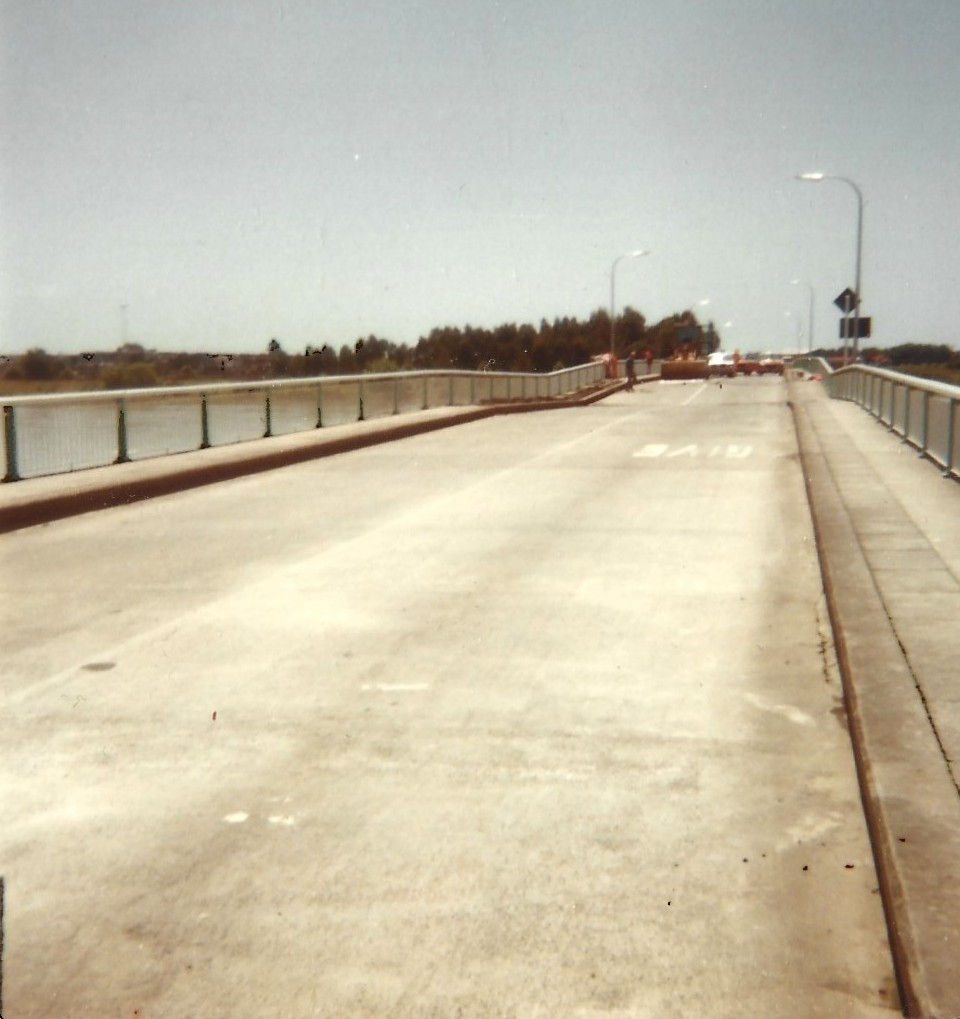Landing Road Bridge Whakatāne: Quick Facts, History & Proposal
- vicluca
- Jan 12, 2021
- 3 min read
Updated: Sep 11
Victor Luca, 12-Aug-19.

Quick facts:
1. The first bridge over the Whakatāne River was built in 1910 and was located where Awatapu Drive now crosses over the Awatapu lagoon. The lagoon used to be part of the river until the river was diverted.
2. Construction of the current Landing Road bridge was completed in 1961. Approval for construction followed successful lobbying of the Ministry of Transport by what was then the Whakatane Borough Council (1917-1976).
3. The Landing Road bridge was constructed when Whakatāne’s population was less than half that of today and traffic density probably a quarter of today’s.
4. The current Landing Road bridge is owned and managed by NZTA as part of SH30.
5. Whakatāne Borough Council partly funded the Landing Road bridge but the Lion’s share of the money came from central government after intense lobbying by the Whakatāne Borough Council.
6. The bridge piles were damaged in the 1987 Edgecumbe earthquake (see below).
7. As of the present NZTA have no current plans to upgrade, widen or otherwise improve the bridge.
8. The only other crossing of the river is the Pekatahi Bridge which is a single lane affair about 14 km from Whakatāne. It used to be a road and rail bridge but is now for vehicular traffic only.
9. The Borough Council and now District Council has been talking about the second bridge since the 1970s.
10. Traffic studies were conducted in 1980, 1995, 1996, 2004, 2002, 2007 and 2008. The 2008 study by Gabites & Porter is the most comprehensive (see below).
11. The second bridge first appeared in the Long Term Plan of 2006 with a budget of $21.6M. It has since periodically disappeared and reappeared. In the most recent LTP it is mentioned.
12. Before funding for a second bridge could be considered by NZTA a comprehensive business case would be required. Development of a business case is itself is a costly exercise. Funding was requested for this in the 2024-2034 Regional Land Transport Plant (RLTP). None was granted. I have and continue to advocate strongly for this.
Flooding in 1983
Heavy rains and flooding caused scouring under the bridge piers and slumping of the structure.

Edgecombe Earthquake, 1987
Following the Edgecombe Earthquake of 1987 a liquefaction-induced spreading resulted in a 1.5m of horizontal surface displacement. Soil mounded behind the piers on the true left bank of the Whakatāne River caused an apparent passive failure. Preliminary estimates based on CPT data show a passive load of about 500kN per pier, which is of the same order as the collapse load of the raked-pile foundation. Thus, extensive site investigation, laboratory testing and analysis was undertaken to make an improved estimate of the lateral loads.
Why is a 2nd Bridge Necessary?
1. The bridge represents the only crossing of the river for the 22,000 people that live in the township which is a major commercial hub for the district. In the event of a catastrophic even such as the Edgecumbe Earthquake evacuation of the town will be difficult.
2. The bridge is a vital piece of transport infrastructure without which economic development of the district would be stymied.
3. Traffic flow is heavy and it is not unusual for traffic to be banked up as far as Domain Road and Francis Street or even Commerce Street.
4. A boat harbor has recently been approved to be located on the northern bank of the river just downstream of the bridge. This is likely to significantly increase congestion on the bridge and approaches.
References
Richard P Keenan. Foundation Loads due to Lateral Spreading at the Landing Road Bridge, Whakatāne. Department of Civil Engineering, University of Canterbury (EQC.funded project 93/175)
31 May 1996
Whakatane flood protection works to start. Sunlive. 7:20am Tuesday 24 Nov, 2020.
Proposal for an additional river crossing (bridge) for Whakatāne. The proposal was sent to the Minister of Transport under a cover letter.
Supporting letter from the BOP Regional Transport Committee.
Here you will find my presentation to the Regional Transport Committee advocating for an additional bridge for Whakatāne.



Comments